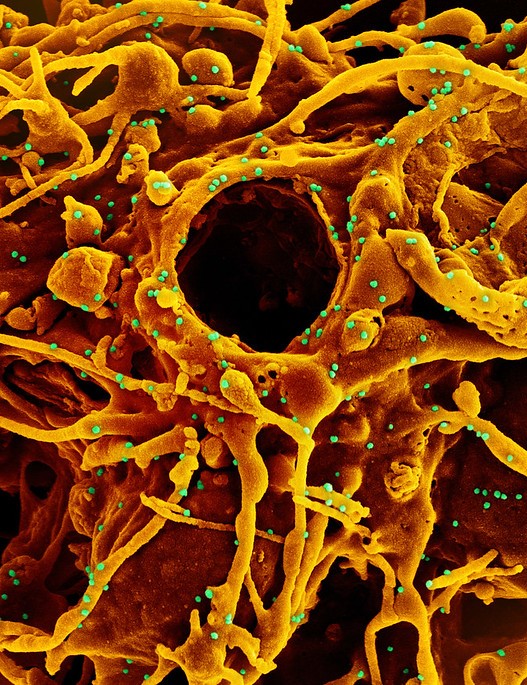A study conducted at three Veterans Administration (VA) hospitals found that telehealth-supported stewardship activities were associated with reduced antibiotic use in long-term care (LTC) units, researchers reported today in Infection Control & Hospital Epidemiology.
The telehealth-supported intervention, implemented at VA hospitals in Iowa, Georgia, and New York, involved thrice-weekly virtual meetings between an off-site infectious disease physician and the local stewardship pharmacists at each hospital to review patients on antibiotics in the acute-care and LTC units and provide real-time feedback on prescribing.
To evaluate the effectiveness of the intervention, VA researchers conducted an interrupted time series analysis, measuring antibiotic days of therapy (DOT) per 1,000 days present at all three sites before and after implementation.
Antibiotic days of therapy down 30% in LTCs
During the 1-year intervention period, the telehealth program reviewed 502 unique patients and made 681 recommendations to 24 providers, 77% of which were accepted. The most common recommendations were to stop antibiotics (28%) and change antibiotic duration (19%). After program initiation, antibiotic DOT immediately decreased by 26 DOT per 1,000 days present (a 30% decline) in the LTC units but did change in the acute-care units, which saw a 16% increase in antibiotic DOT. Thereafter DOT remained stable in both settings.
Overall, providers perceived the project as acceptable, and project activities were considered workload-appropriate for stewardship pharmacists at two of the three sites.
Wider implementation of telehealth-supported stewardship activities may achieve further reductions in antibiotic use.
The study authors attribute the immediate success in the LTC units to the fact that providers in the units worked every weekday and followed their patients longitudinally, while providers in the acute-care units frequently rotated, which may have been a barrier to building trust.
"Wider implementation of telehealth-supported stewardship activities may achieve further reductions in antibiotic use," they wrote.


 A modeling study based on point-prevalence surveys from 99 countries highlights how hospital-associated drug-resistant infections (HARIs) contribute to the global burden of antimicrobial resistance (AMR), researchers reported yesterday in PLOS Medicine.
A modeling study based on point-prevalence surveys from 99 countries highlights how hospital-associated drug-resistant infections (HARIs) contribute to the global burden of antimicrobial resistance (AMR), researchers reported yesterday in PLOS Medicine.
 Global flu activity continues to decline, driven by decreases in the Northern Hemisphere, though markers show increases in some Southern Hemisphere countries, the World Health Organization (WHO) said in its latest
Global flu activity continues to decline, driven by decreases in the Northern Hemisphere, though markers show increases in some Southern Hemisphere countries, the World Health Organization (WHO) said in its latest 













